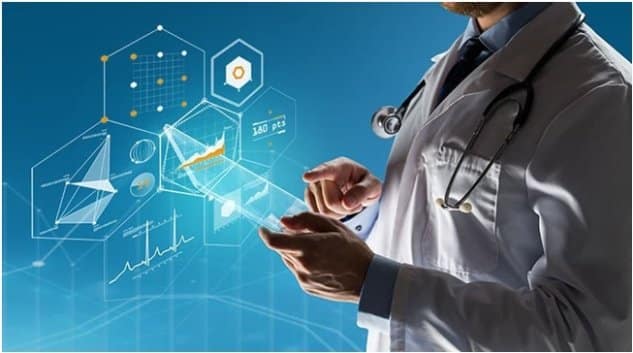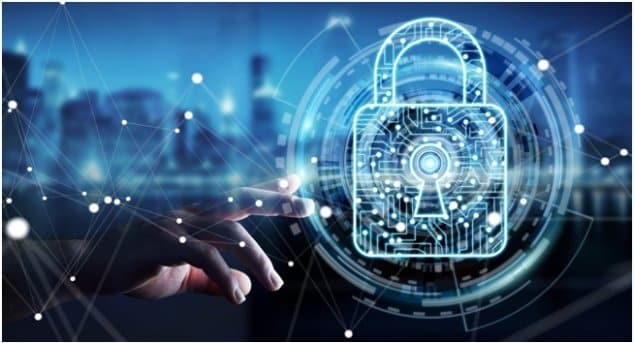There are risks associated with the use of electronic health records, despite the fact that these records offer a plethora of benefits, such as improved information sharing, quicker access to patient details, and the elimination of information silos.
In 2019, there were shockingly over 41 million patient records were compromised due to data breaches. This gives rise to major worries for healthcare practitioners who are conscientious and who are legally accountable for preserving sensitive information and for adhering to the standards of the federal Health Insurance Portability and Accountability Act.

Maintain strict access regulations to confidential healthcare information and systems
Who among those people should have access to private health information? How can healthcare businesses make certain that the individuals attempting to obtain information are actually permitted to examine it? Are there any situations in which data access should be refused to a user who has been allowed to use it?
These problems must be addressed by efficient healthcare management of data access controls in order to maintain the confidentiality of the information and the integrity of the systems.
Access controls enable healthcare businesses to manage their data and choose who has access to it by giving them the ability to make that decision. To begin, access restrictions aid in the verification of a user’s claimed identity, which ensures that users are exactly who they claim to be.
Secondly, these controls determine if a user has authorization to read a certain item or carry out a particular activity based on whether or not they have access to secure information and approve access to that information. Authentication as well as authorization both contribute to data security when used together. Follow this link https://primetsr.com/insights/the-importance-of-healthcare-data-security/ for more info.

Continuous risk assessments should be carried out
The ability of the healthcare business to treat patients is being further improved by new medical technology all the time. Robotic assistants, monitoring devices, as well as other innovations, have made it possible for medical professionals to create maps of patients’ bodies for the purpose of surgical visualization; utilize robotic hands to perform surgeries that are less invasive and much more precise; as well as monitor patients’ blood glucose levels remotely.
Risk assessments are an extremely important part of the threat management process for any component of healthcare that is susceptible to cyberattacks. Risk assessments in the healthcare industry provide hospitals, clinics, and doctor’s offices with the ability to determine the areas in which they are most susceptible to cyberattacks. Read more here.
Users should be made aware of the important role they play
Experts in cybersecurity are fond of reminding users that they are the vulnerable link in the chain of keeping computer systems safe. Without proper knowledge and education, members of the healthcare workforce may inadvertently read fraudulent emails, put computer systems at risk of contracting viruses, or fail to protect important information. Because of this, every healthcare business should make an investment in the training of their staff members for cybersecurity in healthcare.
Take, for example, research that was recently published concerning the hazards of not teaching healthcare professionals the best practices regarding cybersecurity. The researchers acted out harmful phishing attempts by sending millions of emails to healthcare workers as part of their simulation.
They discovered that 14% of workers read the emails; however, throughout successive campaigns, those figures decreased significantly. This provides support for the hypothesis that elevating people’s knowledge of potential risks might assist them in arriving at safer choices.
Hackers rely on errors made by end users. In point of fact, according to a new analysis, consumers are required to perform some type of action in order for cyberattacks to be carried out, whether it be clicking on a link, opening an email, or downloading a file. Because it takes a very little amount of work for a hacker to send fake emails and upload infected files to cloud apps, hackers frequently make users the first people they target in their attacks.
Organizations still come out ahead in the long run even after making the first investment in staff training for cybersecurity in the healthcare sector. Users who have not received any training click on ninety percent of the links contained in emails sent from addresses located outside of a business.
Make sure you have a foolproof backup and recovery plan
When it comes to patient records and medical research, healthcare institutions acquire and keep information that is considered extremely confidential. Theft, disclosure, or loss of this data can have serious repercussions, such as setbacks in the process of discovering solutions for illnesses or hijacked patient identities.
Furthermore, security incidents like ransomware attacks have the potential to render healthcare institutions ineffective and put the health of patients in jeopardy.
It is possible for healthcare organizations to successfully reduce the potential impact of security events by planning for the most extreme situations and preparing for them. In the field of healthcare, data recovery and backup are essential steps in the process.

